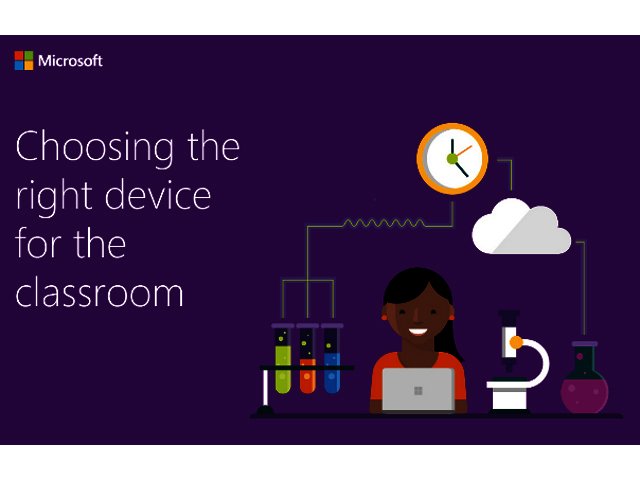By Colin Erasmus, OEM Lead at Microsoft South Africa
Believe it or not, the new school year is already upon us. With so many devices on the market for education purposes, choosing a device that will provide the best support for a broad range of ages and activities is likely to be one of the most challenging decisions teachers and education decision-makers will make this year.
With so many things to consider, such as performance and productivity, flexibility and mobility, as well as cost effectiveness, you should ask these five questions before deciding on a device that will enhance and support students’ learning.
1. Does it offer tried and trusted productivity?
Students are better prepared for life in the 21st century when they use a device that empowers them to be productive today to create the world of tomorrow. Before choosing a device for your classroom, ask whether it will enable your students to be as productive as possible. This means that your PC should be able to show you multiple windows of an app while you are working within two or more Word documents on screen at the same time. Many devices on the market today don’t offer this vital functionality.
2. Does it integrate seamlessly with your current IT infrastructure?
Schools and education institutions looking for a return on investment (ROI) should choose a device that will easily integrate with all your across existing hardware, software and services.
3. Does it give students and teachers choice of input?
Before choosing a device for the classroom, ask whether it can pull together all inking experiences into one easy-to-access place. Will it allow you to turn sticky notes into smart tools or mark-up, share a screenshot or draw on a sketchpad? If the device you choose doesn’t allow your students to type, touch or write, then it probably isn’t the right fit for your classroom.
4. Will it connect to all your other devices?
Your device of choice should be able to work with a wide range of other devices that classrooms rely on daily, such as printers (even 3D printers), cameras, scanners and other similar accessories.
5. Does it offer the best in terms of security and privacy?
In education, the security and privacy of students is perhaps one of the most important things to consider before purchasing a device. Make sure your operating system can handle security problems, protect against hackers and safeguard data to ensure privacy.
In May 2017, Microsoft also announced the new Windows 10 S, a new Windows experience streamlined for security and superior performance. With Windows 10 S, educators and students will have access to their favorite and most-used applications across STEM, learning tools, secure assessment tools, content publishers, interactive whiteboards and more.
HP, Acer, Dell and Lenovo all offer devices for the classroom with power, performance and security requirements that educators, students and families can count on.





